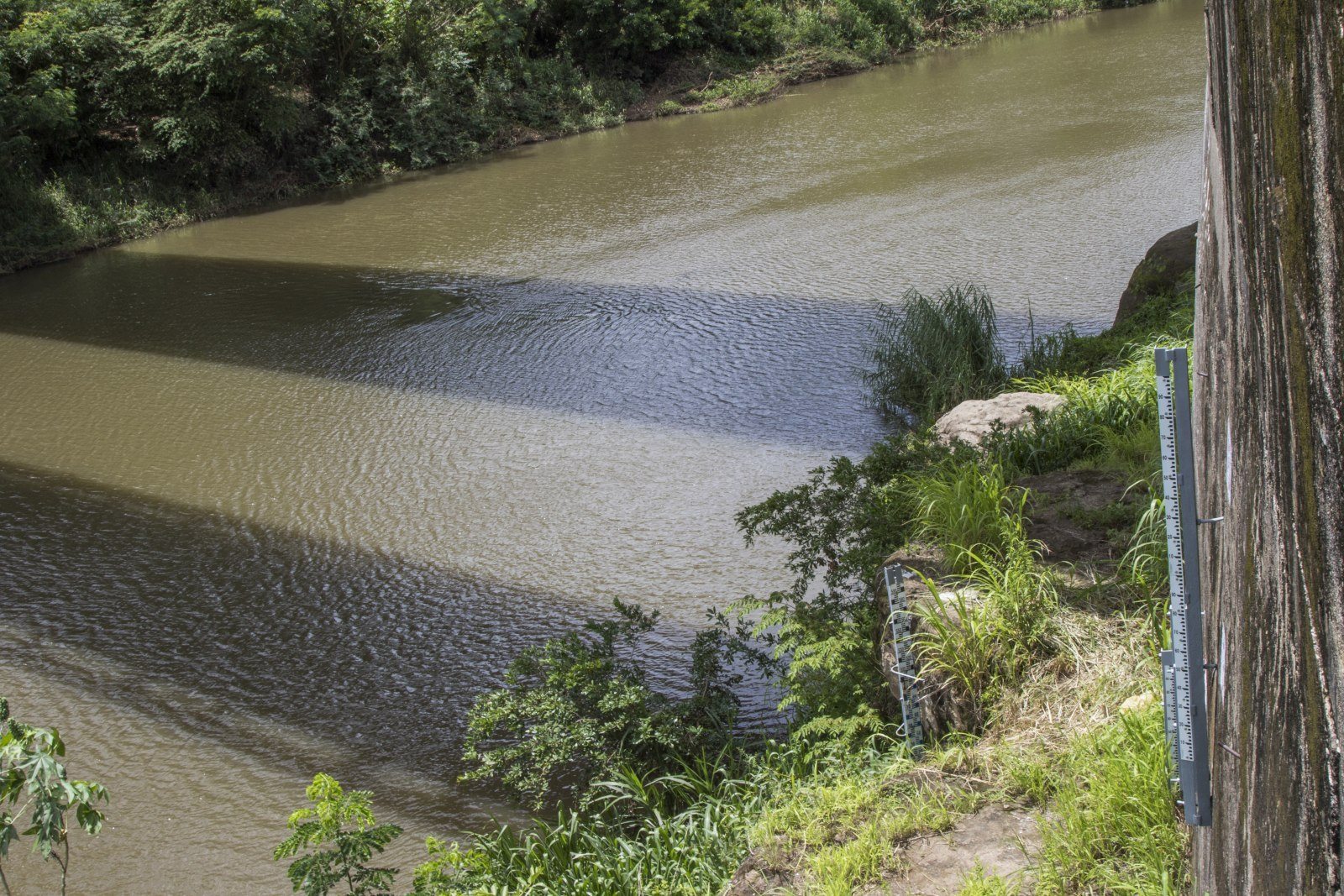
After an abnormally dry rainy season, coming into the hottest and driest months of summer, many communities are being forced to ration water by shutting off water periodically, especially towns that already had problems with insufficient water supplies.
For example in El Torito of Samara, since February the town has been divided into three sections and water is provided to one section at a time: from 5 a.m. to 1 p.m. it goes to the section south of the beach, from 1 p.m. to 5 p.m. to the section east of the plaza and the town center and from 5 p.m. to 5 a.m. the north sector has a chance to use and store water. However, even with this limited schedule, the president of the El Torito water board, Maylin Rojas Ruiz, said “Only drops arrive. We don’t have sufficient storage.”
The town’s water problems have been worse since the earthquake on September 5 when the well dropped 4 and a half meters, according to Rojas. Now, since the well has so little water it is creating technical problems. “Since the pump couldn’t suck water, it almost burned out on us,” she related. Now the ASADA is in the process of seeking help from the Mixed Institute of Social Assistance (IMAS) to buy a piece of land where a new well can be dug.
In Esperanza in the district of Nosara, neighbor Susana Marin Fallas related in March that water was being shut off occasionally at night, but in January and February water was being shut off during the day frequently without notification so neighbors didn’t have enough time to store water. “Several times we couldn’t bathe,” she recalled. Apparently this was happening because some water tubes needed to be repaired.
A similar situation is being faced by the ASADA of the American Project in Guiones. According to the ASADA board, the cut offs done during March were “strictly due to higher usage than ability to pump”.
The National Meteorological Institute’s seasonal climatic projection for April indicates normal dry season conditions, perhaps with 5% more rain than normal.
Recognizing the need to store water because of frequent shutoffs, the Regulator Authority of Public Services (ARESEP) has issued the following tips on how to store water safely to avoid sicknesses or health problems that could be caused by microorganisms and bacteria that develop in collected water. ARESEP strongly recommends using glass containers to store water, especially for drinking water. Plastic should be avoided because opening and closing bottle frequently promotes the generation of bacteria. However if plastic containers must be used, choose dark plastic and store it in a dark, cool place away from sunlight.
Other Tips for Storing Water
- Always wash your hands before collecting water and avoid touching the opening and interior of the storage receptacle.
- Sterilize water storage containers or tanks by washing them with soap and water only and rinsing with hot water to remove all residues.
- Avoid using chlorine or other disinfectant products to clean tanks or plastic containers since all chemical products emit gases that can be damaging to your health if not adequately removed.
- Water stored in sinks, tanks, barrels or pans should only be used for cleaning, never for cooking or drinking like potable water.
- If you don’t have glass containers and need to store water for consumption, boil the collected liquid for at least three minutes, pour it into plastic bottles, let it cool to room temperature and then refrigerate it.







Comments